Maximising Business Growth with Performance Marketing and Automation
July 25, 2023

Achieving business growth is one of the top priorities for small business owners. However, keeping up with the fast-paced, competitive market can be challenging. Employing an effective marketing and business strategy can not only help your business stand out but also drive significant growth.
This blog article highlights how adopting a performance marketing approach and automating time-consuming tasks can enhance your marketing efforts, empowering you to focus on what matters most – growing your business.
Tapping into Performance Marketing
Performance marketing is a data-driven approach that allows advertisers to pay only when a specific action or result is achieved. By focusing on measurable metrics and monitoring the efficiency of marketing efforts, business owners can optimise their marketing campaigns and ensure their budget is utilised effectively.
Performance marketing can provide valuable insight into your campaigns. By focusing on key performance metrics, you can better understand the effectiveness of your marketing initiatives. This data-driven approach allows you to optimise your campaigns, ensuring that your marketing budget is spent wisely and results in tangible growth.
Here are some key steps to implementing performance marketing for your business:
- Identify Your Goals: Clearly define the marketing objectives you want to achieve, such as driving website traffic, increasing lead generation, or improving brand awareness.
- Choose the Right Platforms: Select the most relevant platforms and channels to help deliver your marketing message to your target audience efficiently. Some excellent examples include Google Marketing, Facebook Ads, and Adobe Advertising Cloud.
- Establish Your KPIs: Determine the metrics by which you will measure the success of your campaigns, such as customer churn, customer lifetime value (CLV), cost per acquisition (CPA), and return on investment (ROI).
- Monitor and Optimise: Regularly review your campaign data to identify areas of improvement and make adjustments as needed to optimise performance. The frequency of monitoring and optimisation largely depends on the nature of the campaign and the rate at which data is accumulated. For instance, daily monitoring may be necessary for short-term or high-traffic campaigns. This allows for quick responses to changes in performance. You can track metrics such as click-through rates, conversion rates, bounce rates, and cost per action. Meanwhile, for long-term campaigns or ones with lower levels of traffic, weekly or fortnightly monitoring may be enough.
By adopting a performance marketing strategy, you can ensure your marketing efforts are not only adding value to your business but are also generating measurable results that contribute to growth.
Saving Time with Marketing Automation
In today’s fast-paced business world, time is a crucial resource. Automating repetitive and time-consuming tasks can free up time for small business owners to focus on more important, value-adding activities.
When optimising your time, marketing automation can play a significant role in freeing up valuable time for small business owners. You can focus on nurturing and retaining customers and developing new business opportunities by eliminating time-consuming administrative tasks. Analysing how you spend your time and identifying time-wasting tasks is the first step to successfully incorporating automation into your business processes.
Adopting marketing automation within your business can involve:
1. CRM Integration
Customer Relationship Management (CRM) integration is a crucial aspect of marketing automation. These systems store customer-related data in one place, making it easier for businesses to track customer interactions, preferences, and history. When integrated with marketing automation software, businesses can use this data to create personalised marketing campaigns that resonate with each customer’s unique needs and preferences.
2. Lead Nurturing
Marketing automation also involves lead nurturing. By tracking user behaviour, businesses can identify where potential customers are in the sales funnel and tailor their marketing efforts accordingly. For example, if a user has shown interest in a particular product or service but hasn’t purchased, the system can automatically send them relevant content or offers to help move them towards conversion.
3. Analytics and Reporting
Lastly, marketing automation involves using analytics and reporting tools to measure the effectiveness of marketing campaigns. These tools can track various metrics, including click-through rates, conversion rates, and ROI, enabling businesses to make data-driven decisions and improve their marketing strategies.
Conclusion
Maximising business growth starts with implementing a robust marketing and business strategy focusing on performance marketing and automation. By adopting a data-driven marketing approach and streamlining time-consuming tasks with automation, you can devote more time and resources towards growing your business and delivering value to your customers.
Remember, achieving success in today’s competitive market requires a proactive marketing and business strategy approach. Invest in digital marketing in Brisbane offered here at QB & Co Consulting, and pave the way for your small business’s ongoing growth and prosperity. Contact us today!
